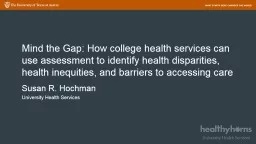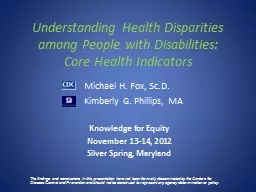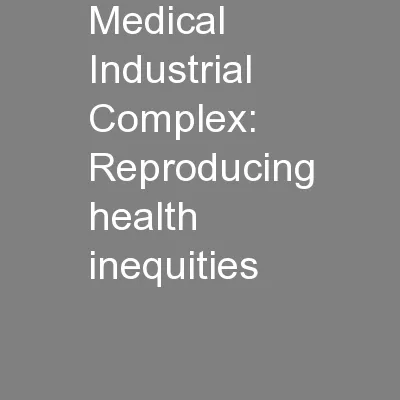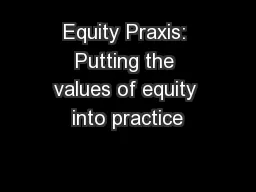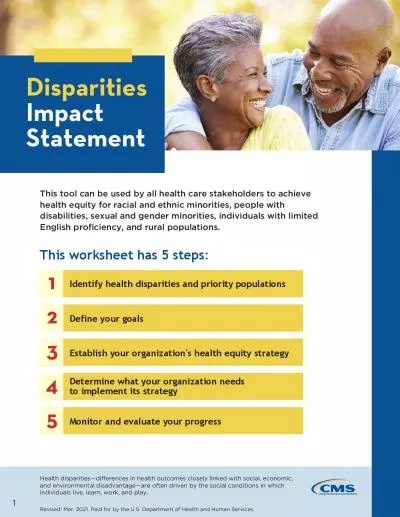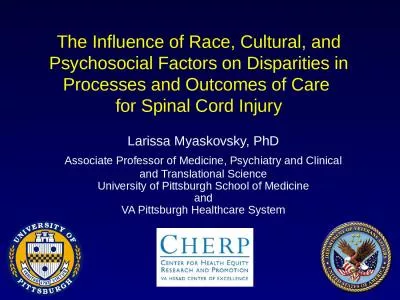PPT-Mind the Gap: How college health services can use assessment to identify health disparities,
Author : pasty-toler | Published Date : 2019-11-08
Mind the Gap How college health services can use assessment to identify health disparities health inequities and barriers to accessing care Susan R Hochman University
Presentation Embed Code
Download Presentation
Download Presentation The PPT/PDF document "Mind the Gap: How college health service..." is the property of its rightful owner. Permission is granted to download and print the materials on this website for personal, non-commercial use only, and to display it on your personal computer provided you do not modify the materials and that you retain all copyright notices contained in the materials. By downloading content from our website, you accept the terms of this agreement.
Mind the Gap: How college health services can use assessment to identify health disparities,: Transcript
Download Rules Of Document
"Mind the Gap: How college health services can use assessment to identify health disparities,"The content belongs to its owner. You may download and print it for personal use, without modification, and keep all copyright notices. By downloading, you agree to these terms.
Related Documents

